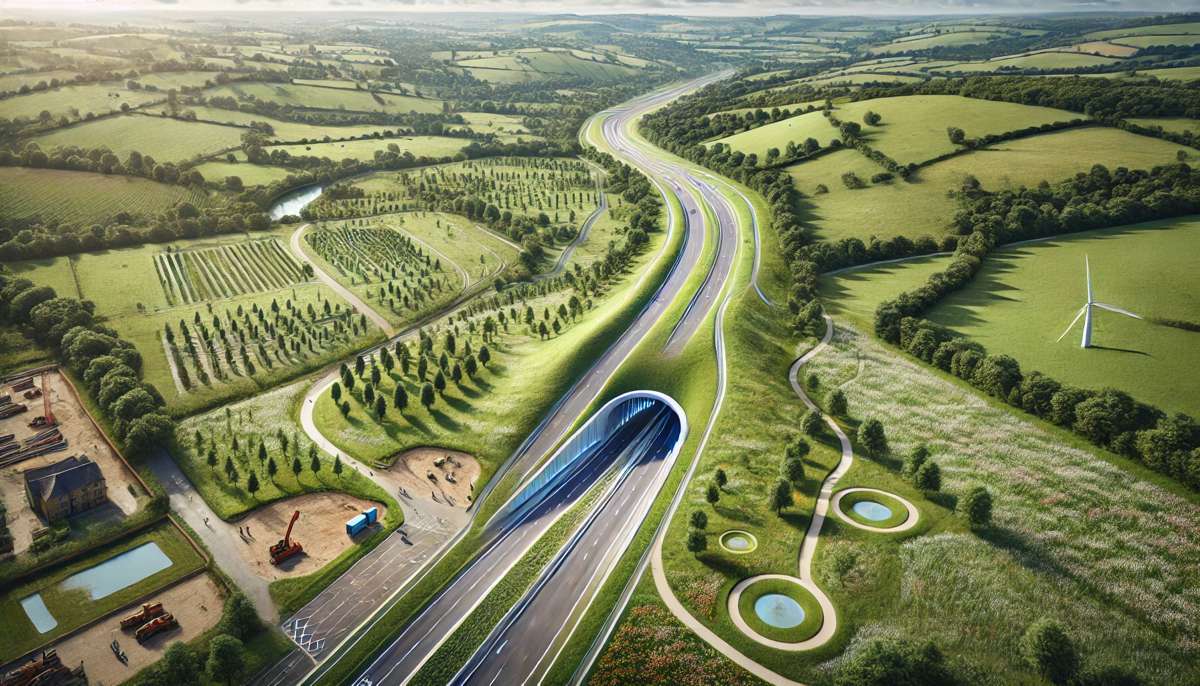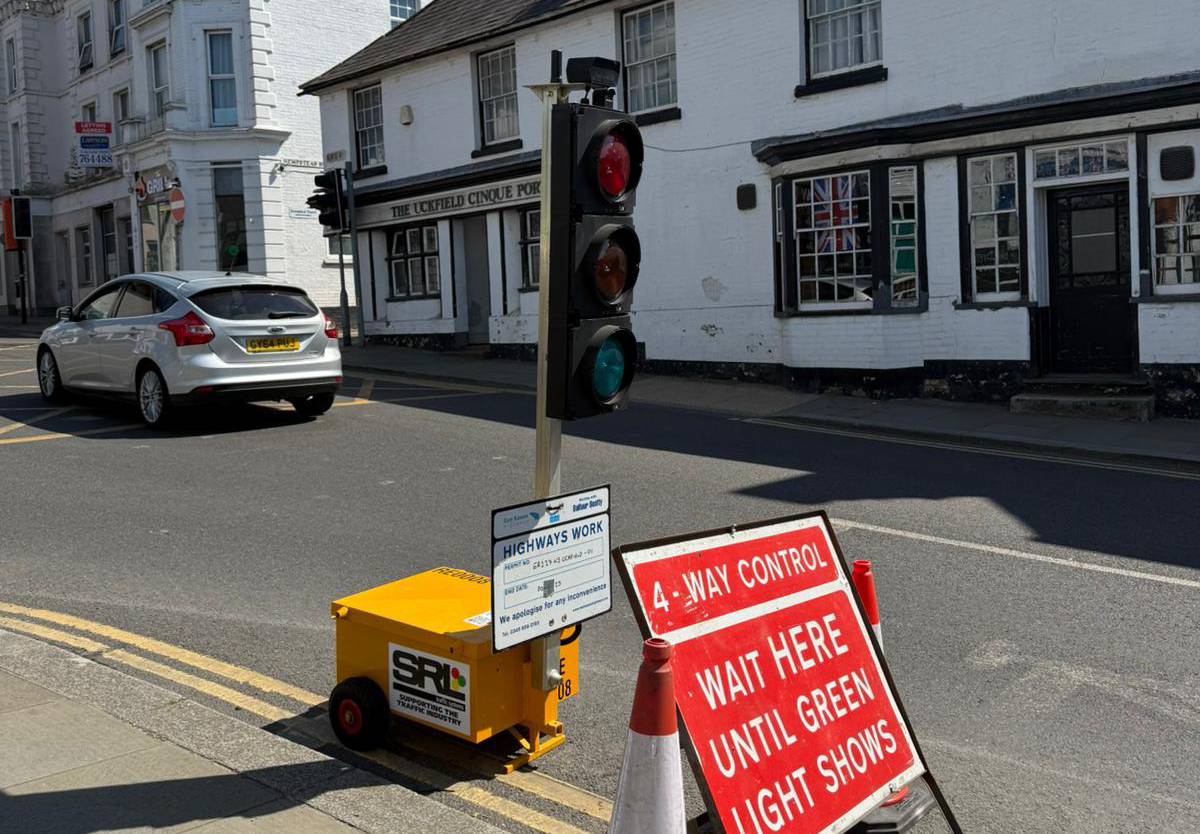Green Light Given for UK’s Lower Thames Crossing
In a landmark move set to redefine the UK’s transport infrastructure, the government has granted planning permission for National Highways’ much-anticipated Lower Thames Crossing project. Announced on 25 March 2025, the decision marks the start of a bold new chapter in British road construction, one that places connectivity, sustainability, and economic resilience front and centre.
Billed as the most significant road scheme in a generation, the 14-mile A122 Lower Thames Crossing will carve a vital new link between the A2 in Kent and the M25 in Essex, easing the burden on the notoriously congested Dartford Crossing. This is no ordinary road project; it promises to almost double the road capacity across the Thames east of London, transforming journeys for millions every year.
“The Lower Thames Crossing is one of the UK’s most important infrastructure projects,” said Matt Palmer, National Highways‘ Executive Director for the project. “It will unlock growth with quicker, safer, and more reliable journeys and redraw the blueprint for building major projects in a net zero future.”
Easing a Critical Bottleneck
For over six decades, the Dartford Crossing has served as the only vehicle route over the Thames east of the capital. It was never designed to accommodate today’s traffic levels, and the result has been chronic congestion, delays, and costly diversions. The impact on trade and logistics is profound, particularly given that the crossing connects some of the UK’s busiest ports with the Midlands and the North.
The Lower Thames Crossing aims to put an end to that. With a 2.6-mile tunnel—the longest road tunnel in the UK—at its core, the new route will help untangle traffic snarls and future-proof Britain’s strategic road network. Once operational in the early 2030s, the crossing is expected to carry tens of millions of vehicles annually, significantly improving freight and commuter flow.
Green Construction, Greener Legacy
Far from a carbon-heavy relic of the past, the Lower Thames Crossing is being heralded as a benchmark in sustainable construction. National Highways has committed to using low-carbon concrete and steel, while its construction fleet will be powered by alternative fuels such as hydrogen. So far, these measures have slashed the project’s estimated carbon footprint by around 50%, with a target of achieving a 70% reduction.
“We are more committed than ever to working with our neighbours to build the crossing in a way that offers them opportunities to work and learn new skills while reducing impacts,” Palmer added. “We are shovel-ready and have our delivery partners on board.”
This trailblazing approach is already sparking change elsewhere. The low-carbon blueprint devised for the Lower Thames Crossing is now being adapted across other infrastructure sectors, from rail to aviation and even nuclear energy.
Enhancing Nature and Supporting Active Travel
More than just a road, the project also represents a substantial environmental investment. In fact, six times more green space will be delivered than lost to the development.
Plans include:
- One million new trees
- A new community woodland
- Two public parks with views of the Thames
Additionally, the scheme will incorporate nearly three miles of upgraded or new routes for walkers, cyclists, and horse riders for every mile of new road. It’s a step-change in integrating road infrastructure with community wellbeing and biodiversity.
Built with the Community, for the Community
It’s clear this isn’t a top-down initiative imposed without consultation. National Highways undertook an extensive programme of engagement with local residents, councils, and organisations.
As a result, the final design incorporates several significant changes:
- Three lanes in each direction for most of the route
- A 70% reduction in the impact on ancient woodland
- Extended tunnel length to reduce environmental and community disruption
Around 80% of the new route now runs below ground or through natural features like cuttings and embankments. Seven green bridges will further soften the visual and ecological impact, allowing both people and wildlife to safely traverse the landscape.
Private Financing and Economic Gains
While the government has given the green light, financing discussions are still ongoing. Private investment is firmly on the table, and construction could begin as early as 2026. Once underway, the project will deliver a substantial economic uplift, creating thousands of jobs and injecting much-needed capital into the construction industry.
Significantly, almost half the workforce will be drawn from local communities. Workers will receive training tailored to the project, ensuring they acquire skills that can be transferred to other major infrastructure programmes in the future. It’s not just about roads; it’s about building long-term capability.
Getting Ready to Break Ground
In the lead-up to construction, National Highways and its three main delivery partners will be working closely with local authorities, landowners, and stakeholders to fine-tune the design. Their focus? Minimising disruption and maximising the use of innovative, low-carbon materials and technologies.
This preparatory phase will also involve a series of archaeological, ecological, and topographical surveys, along with further ground investigations. The aim is to ensure every element of the build is as efficient, sustainable, and considerate as possible.
Steering the Future of British Roads
At the helm of this ambitious project is National Highways, the government-owned company tasked with maintaining and modernising England’s motorways and major A roads. Their remit is more than just tarmac and traffic signs; it’s about ensuring the strategic road network can support a growing, greener economy.
With the Lower Thames Crossing, National Highways is showing what’s possible when infrastructure is reimagined with sustainability, innovation, and community at its core.
A Major Step Towards a Smarter, Greener Transport Network
Planning permission for the Lower Thames Crossing isn’t just a bureaucratic milestone—it’s a bold signal that the UK is ready to invest in infrastructure that doesn’t compromise on environmental or social values. The project sets the bar high for future developments and offers a glimpse into what net zero infrastructure could look like at scale.
When the diggers finally move in, they won’t just be breaking ground; they’ll be laying the foundation for a smarter, more connected Britain.




















